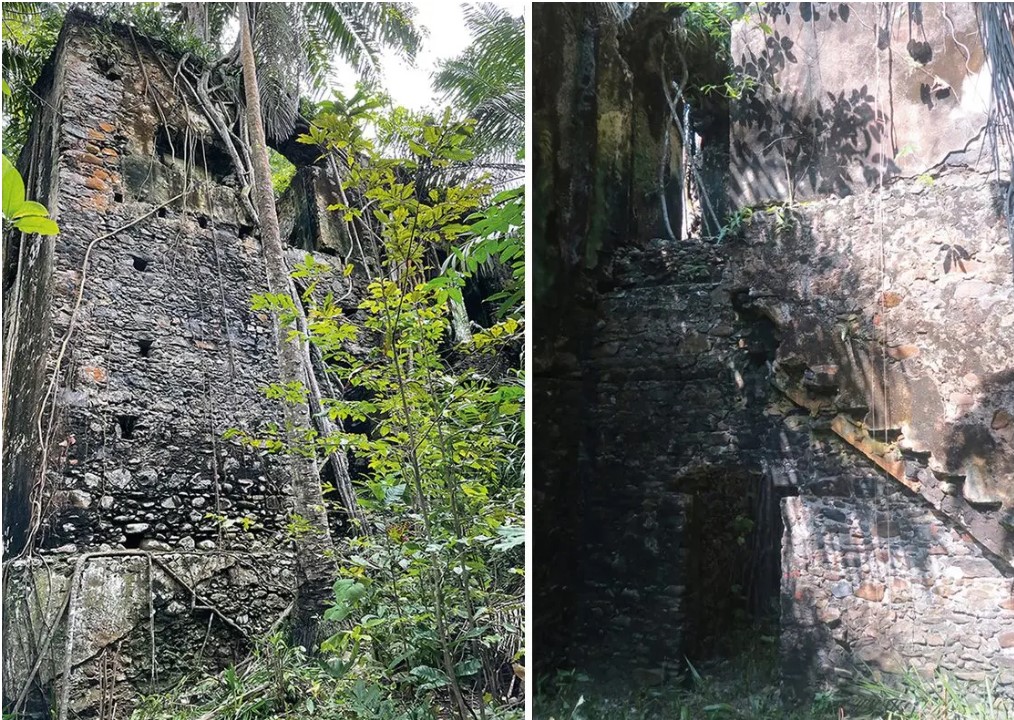Mass grave of slaughtered Crusaders discovered in Lebanon
Archaeologists who excavated close to a Middle-Eastern castle discovered two mass graves that had the remains of Christian troops who were overthrown during mediaeval cruises—and a king could even have personally buried some of them.
In the dry moat of Sidon’s St. Louis Castle, Lebanon, the chipped and burned bones of at least 25 young men and adolescents were uncovered. The date of radiocarbons shows they were among the many European people who were urged to take guns in a futile endeavour to reconquest the Holy Land during the 11th and 13th centuries by the priests and kings.
Read aslo: ARCHAEOLOGISTS WERE AMAZED BY PERU’S ‘MIND-BLOWING’ ANCIENT SOLAR CALENDAR BUILT INTO THE DESERT
Like many who came to fight and pillage, the long and difficult trips of the warriors ended with death – all due to wounds that they had been hit. But despite the massive deaths, it is very difficult to discover mass graves from this horrific time of history.
Richard Mikulski, an archaeologist at the UK Bournemouth University, who unearthed and examined the remains, stated in an explanation. “When we found so many gun wounds on bone as we dug them, I realised we did a remarkable discovery.
DNA and natural radioactive isotope isotopes in men’s teeth have been analysed by archaeologists to show that some have come into being in Europe; and analysing different versions of carbon or isotopes in their bones, they propose that sometimes they perished during the 13th century. In 1110, following the first cruise, Crusaders first took the castle of St. Louis. For more than a hundred years the invaders held onto Sidon, a major strategic port, but historical records reveal that the fortress fell twice, first part by the Mamluk in 1253 and subsequently by the Mongols in 1260 following its attacks and its destruction.
The investigators have claimed that “the troops are quite likely to die” during one of these fightings and by harsh methods, as all of the bones carry stab and slice injuries from the axes and swords and signs of a stunning force trauma. The troops had more wounds on their back than on their faces, suggesting that many of them had been assaulted from behind and that their strikes were probably flown on a route and their assailants charged them on horseback. Some of the men’s bodies show blade cuts on the back of their necks – an indication that they may be caught alive before decapitation.
The researchers concluded in their paper “One individual received so many injuries (at a minimum 12 injuries involving at least 16 skeletal components) that it may be an overcrowding occurrence, with far more forceful strikes than was necessary to overpower or kill them.”
Charring on some of the bones shows that someone attempted to burn the remains of the soldiers after their terrible deaths and left the bodies rotting on the battlefield.
But later on, following a royal intervention, the remains were swept into a mass grave. A belt buckle recovered among the bones shows that the troops were Frankish and came from an area including current Belgium and France. Their origins and the day they were assassinated indicate that King Louis IX of France might have buried the troops.
The testimony of Piers Mitchell, an anthropologist of the University of Cambridge who was the specialist of the Crusades, stated that the Kings of France had been cruised in the Holy Land at the time of the invasion on Sidon in 1253. “He went to the city after the fighting and helped himself to bury the decaying bodies in such mass graves. Would it not be wonderful that King Louis had helped bury these dead himself?”
In two incursions into the Holy Land — the Seventh and Eighth Crusades — the French King, one the most famous monarchs of his day and venerated as a saint afterwards, would re-establish the area after he had vowed to God if he had supernatural aid in recovery from malaria. Legend has it that later on, during the Eighth Crusade, the pious monarch died of plague but more recently, Live Science had previously stated that he died of scurvy induced by his unwillingness to consume foreign meals.
Archaeologists may never know who killed the soldiers in Sidon and afterwards buried them; their graves offer a unique glimpse of the terrible time, typically only recounted in written documents.
“So many miles of people on each side perished throughout the cruises, but the finding of the troops that were slain in this famous fight is unbelievably uncommon for archaeologists,” said Mitchell. “We are beginning to comprehend the appalling realities of mediaeval combat via the scars that covered their bodies.”




